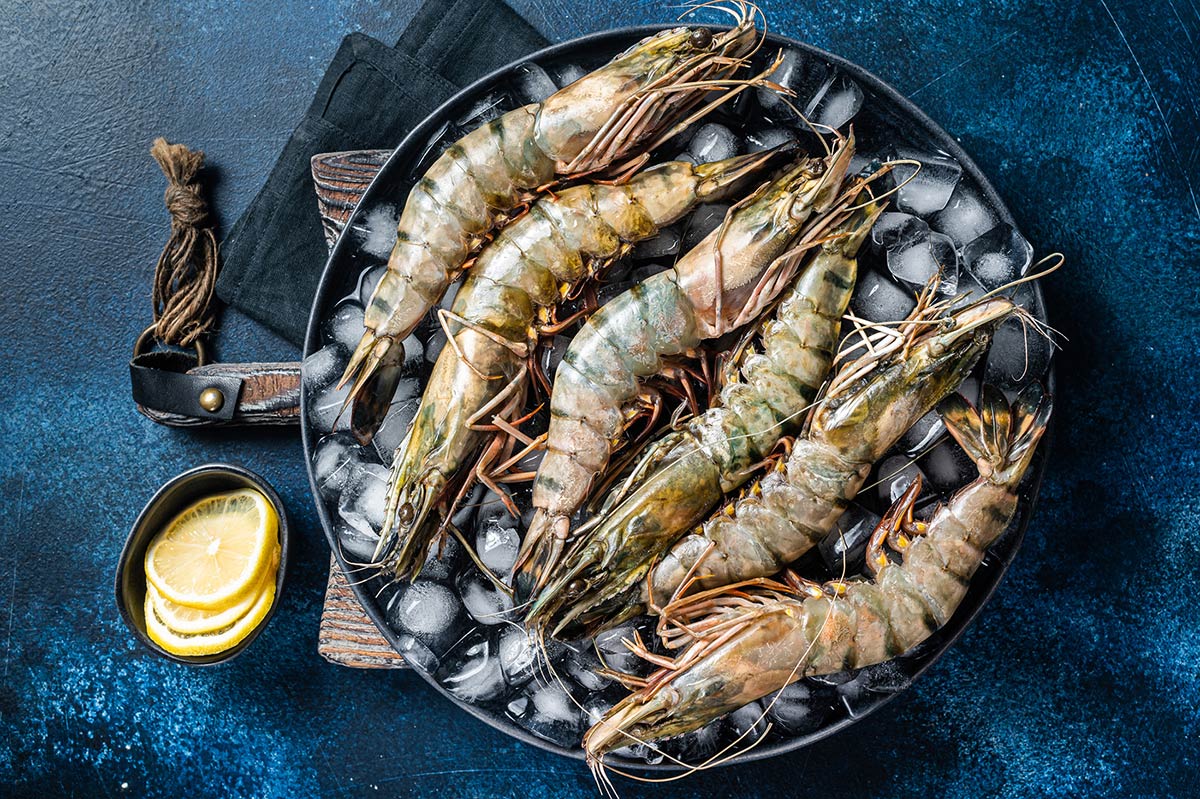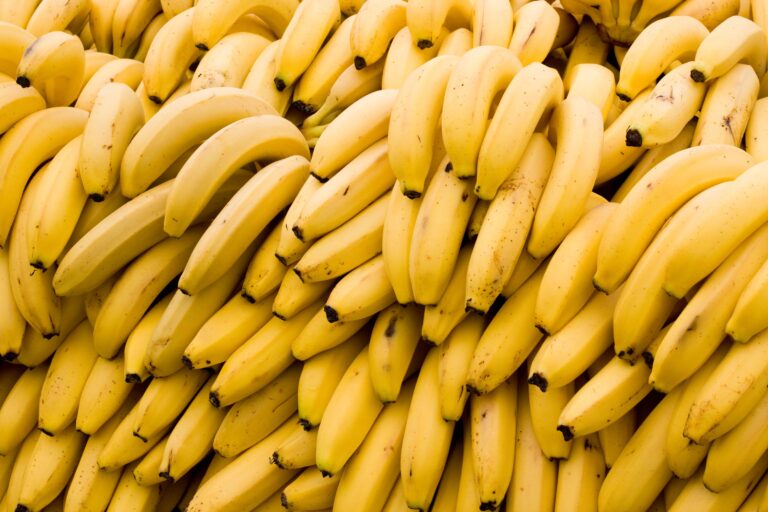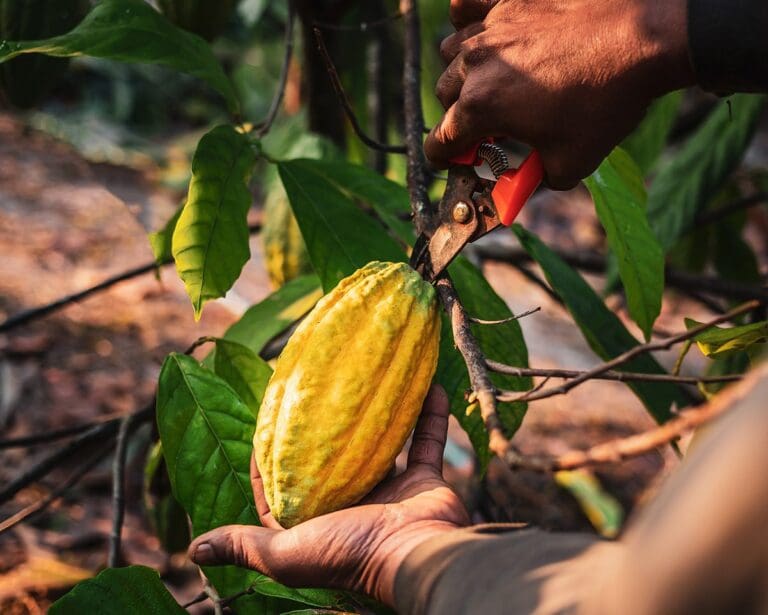President Donald Trump announced that all products imported into the United States from India will face a 25% tariff starting August 1, injecting new uncertainty for America’s largest shrimp supplier.
Trump also said India will face an additional penalty for its purchases of military equipment and energy from Russia, according to a post on his social media accounts. He did not provide further details on what the penalty might include.
“Remember, while India is our friend, we have, over the years, done relatively little business with them because their tariffs are far too high, among the highest in the world, and they have the most strenuous and obnoxious non-monetary trade barriers of any country,” Trump wrote on Truth Social.
The 25% tariff rate is a touch lower than the 26% rate Trump initially slapped on India earlier this year. However, comments made earlier this week indicated Trump was weighing a rate between 20-25%, so the final number ended up at the higher end of his range.
In 2024, India was the third-most valuable seafood importer, shipping $2.5 billion worth of seafood, according to Expana’s Foreign Trade Data platform. India is the United States’ top supplier of shrimp, so the 25% tariff rate adds uncertainty to the market, according to Expana’s Jim Kenny.
India shipped over 648 million pounds of shrimp valued at over $2 billion in 2024. Ahead of the new tariff rate, Expana noted that India was closely monitoring the US’s handling of countervailing duties (CVD) and anti-dumping duties (ADD) on shrimp imports from India.
Last month, Expana’s Fabienne O’Donoghue explored (customer access only) India’s shrimp exports from January to April. Exports to the US increased by 12.1% in the first third of the year, linked to dynamic shrimp replenishment in Q1 and a surge in imports following the extension of tariff exemptions in April. At the time, exporters had all eyes on the potential tariff situation with their long-standing shrimp destination.
India’s tariff rate, although elevated, didn’t land significantly higher than other key shrimp-producing countries. Indonesia was slapped with a 19% tariff rate (3rd largest supplier), and Trump imposed a 20% rate on Vietnam (4th largest supplier). India’s top competitor, Ecuador, faces a 10% tariff currently.
Expana’s shrimp market reporter Angel Rubio noted in recent commentary that ongoing tariff-related headwinds are driving future replacement costs higher, leading to a firm undertone across categories, even with flat demand.
In June, Reuters published a story highlighting the impact tariffs already had on Indian shrimp farmers.
“Already I am struggling, just somehow managing,” an Indian shrimp farmer told Reuters. “If I shut down my farm, the idle ponds and machinery will be ruined, and restarting will become more difficult.”
To keep on top of tariff changes, how they could impact your business and how to respond to upcoming changes, sign up to our weekly Tariff Talks rundown.
Image source: Getty
Written by Ryan Doyle



